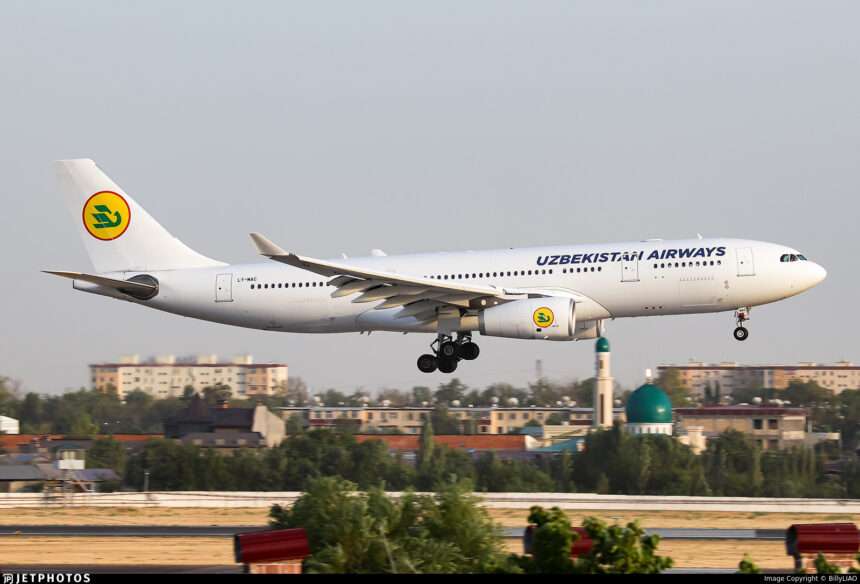On May 30th, 2008, TACA Flight 390, a seemingly routine passenger flight from San Salvador, El Salvador, to Miami, Florida, with stopovers in Honduras, took a tragic turn in Toncontín.
An Airbus A320, carrying 124 passengers and crew, overshot the runway at its intermediate stop in Tegucigalpa, Honduras, crashing onto a nearby street and embankment.
This incident, though not a complete disaster, resulted in the loss of five lives and highlighted the dangers of challenging airport approaches.
A Troubled Landing at Toncontín

TACA Flight 390 departed San Salvador without issue and proceeded towards its first Honduran stop, Tegucigalpa’s Toncontín International Airport.
However, Toncontín has a reputation for being a difficult airport to land at.
Situated in a mountainous region, the runway is relatively short (around 6,900 feet) and has a significant incline.
Additionally, the approach path takes pilots over mountainous terrain, leaving little room for error.
The weather conditions on the day of the accident did not help either.
The remnants of Tropical Storm Alma had brought rain and wind to the area, further complicating the landing.
Despite these challenges, the pilots of TACA Flight 390 attempted to land on runway 02 at Toncontín.
The landing itself appeared to go according to plan initially.
The aircraft touched down, and the pilots deployed the thrust reversers and activated the spoilers to slow down.
However, the plane continued to travel down the runway at a high speed.
With limited runway remaining, the pilots were unable to stop the aircraft before it reached the end.
Crash and Aftermath

TACA Flight 390 overshot the runway embankment at a speed of approximately 54 knots (62 mph).
The aircraft then plunged down a 20-meter embankment and collided with a nearby street, smashing into several vehicles.
The impact caused significant damage to the aircraft and resulted in a chaotic scene on the ground.
Emergency personnel responded quickly to the scene, and a rescue operation was launched.
Thankfully, the majority of the passengers and crew on board survived the crash.
However, the incident resulted in the tragic loss of three people on board the aircraft.
Additionally, two people on the ground were killed when their vehicles were struck by the plane.
Investigation and Cause

The aftermath of the TACA Flight 390 crash saw a swift investigation launched by the El Salvador Civil Aviation Authority.
The investigation focused on several key factors, including:
- Pilot error: Investigators examined the actions of the pilots during the landing approach and determined they may not have adequately considered the challenging conditions at Toncontín. Landing at high speed and failing to initiate a go-around when necessary were cited as potential contributing factors.
- Weather conditions: The presence of rain and wind due to Tropical Storm Alma was also considered. While not the primary cause, the weather may have further complicated the landing.
- Airport limitations: The limitations of Toncontín International Airport, particularly the short runway and challenging approach, were also highlighted by the investigation.
The final report concluded that the crash of TACA Flight 390 was a result of pilot error in combination with the challenging landing conditions at Toncontín Airport.
Legacy of TACA Flight 390
The TACA Flight 390 incident served as a stark reminder of the dangers of difficult airport approaches.
In the wake of the crash, calls were made for improved safety measures at Toncontín, including potential runway extensions or even the construction of a new airport at a more suitable location.
While Toncontín remains operational, the incident led to increased scrutiny of airports with challenging layouts and approaches.
Airlines and pilots are now required to undergo additional training for landings at such airports, and improved landing procedures have been implemented to minimize the risk of similar accidents.
The story of TACA Flight 390 serves as a tragic reminder of the importance of aviation safety.
It highlights the need for continuous improvement in pilot training, aircraft maintenance, and airport infrastructure to ensure the safety of passengers and crew.

Click the banner to subscribe to our weekly newsleter.

Click the photo to join our WhatsApp channel so then you can stay up to date with everything going on in the aviation industry!








